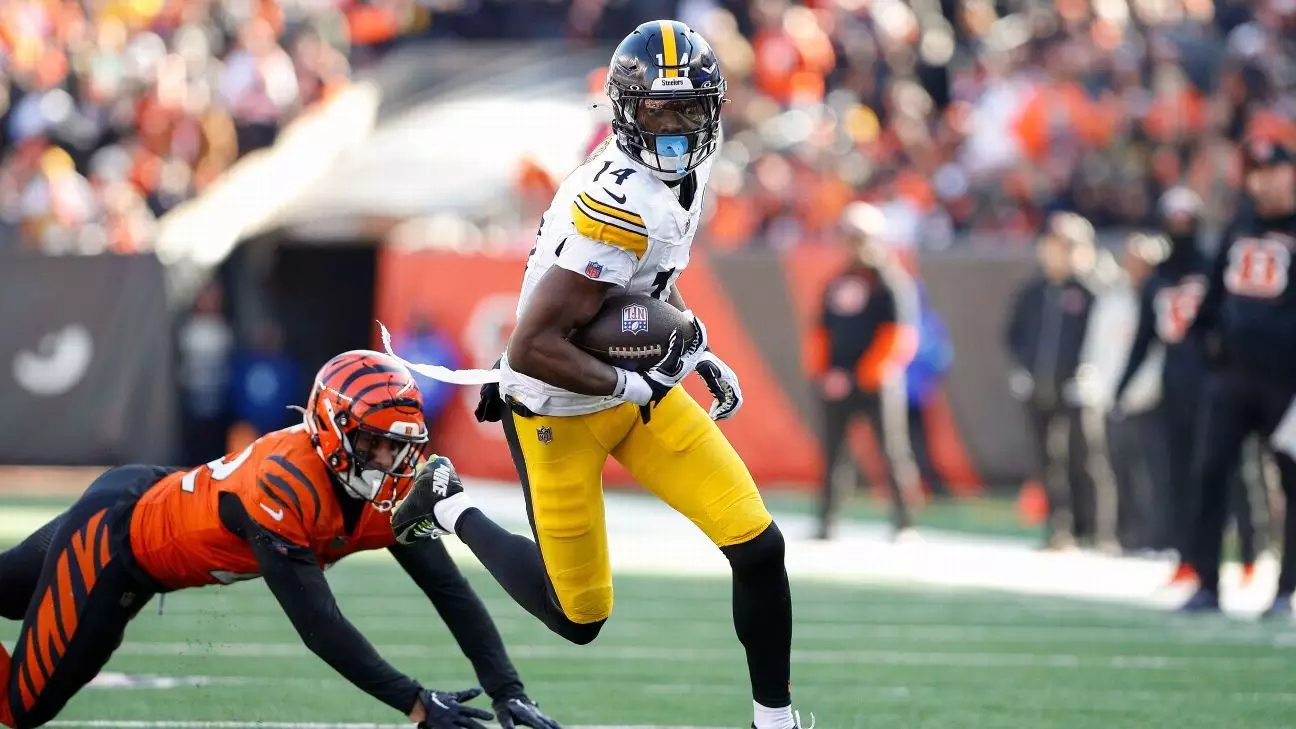Navigating the unpredictable landscape of fantasy football can feel like traversing a minefield. Each week, injuries can drastically impact player performance and availability, leaving managers with difficult decisions to make regarding their lineups. As the NFL season progresses, injury lists become crucial resources for setting optimal rosters. Below, we analyze current injury reports and their implications for fantasy football strategy, leveraging insights to guide managers through the weekend’s games.
In fantasy football, knowledge is power, particularly when it comes to player injuries. Managers must continually monitor updates as kickoff approaches, especially since many teams will formally update their inactive player lists approximately 90 minutes before game time. Being informed about player statuses not only allows for better starting decisions but also aids in making savvy waiver wire moves. Managers should refresh their sources frequently to stay abreast of the latest developments, as injury news can shift player values significantly.
Injuries to critical players can open avenues for unexpected contributions from lesser-known teammates. For example, Ja’Tavion Sanders (TE, CAR) has shown promising signs of returning after a full practice on Friday. This brings hope for fantasy owners who had strategically placed him in their lineups. Conversely, with Cedric Tillman (WR, CLE) ruled out due to a concussion, teammates like Jerry Jeudy could see an uptick in targets, making him a more enticing starting option.
Across the league, Trevor Lawrence’s concussion has placed him on injured reserve, leaving Mac Jones to lead Jacksonville’s offense. This change means fantasy managers must rethink their options, as Jones’ performance will be critical for the team’s offensive output. Likewise, injuries to running backs like Breece Hall (NYJ) and Kenneth Walker III (SEA) present challenges. The absence of Hall provides an opportunity for Braelon Allen and Isaiah Davis, who may not be stalwarts but are now in positions to garner meaningful touches.
Understanding the Risk of Questionable Players
Questionable players add an extra layer of uncertainty. For instance, Alexander Mattison (RB, LV) and Raheem Mostert (RB, MIA) are both listed as questionable for their upcoming games. While indications suggest Mostert is likely to play, fantasy managers should consider the risk around Mattison, who practiced sparingly throughout the week. The potential for decreased roles in a close game may lead to underwhelming performances that ruin fantasy outcomes.
It’s crucial to evaluate the context surrounding these questionable players. If Mattison doesn’t play, consider higher-volume substitutes or even potential boom-or-bust options, like Sincere McCormick who could benefit from extra touches. The careful analysis of questionable players can determine a fantasy match-up’s success or failure.
Crafting an effective fantasy football lineup is about balancing risk and reward. With key players like DJ Moore (WR, CHI) stating he will play despite being listed as questionable due to a quad issue, his presence could be pivotal for those in need of wide receiver help. However, if you own Malik Nabers (WR, NYG), who is also questionable, the potential for a game-time decision could force managers to look for safer alternatives to avoid voids in scoring.
Another consideration is maximizing value from matchups. Players like Marquez Valdes-Scantling (WR, NO) may not be star players, but with key injuries in the Saints’ receiving corps, he becomes a viable option. Examining opponent defenses and game scripts can also help managers exploit favorable match-ups, enhancing the chances of a strong performance.
Ultimately, fantasy football is turbulent and often defined by unexpected twists. While it’s easy to grow attached to specific players, flexibility remains essential. Injuries can prompt changes in depth charts, and real-time adjustments can significantly impact the course of the season. Managers should invest time in adapting strategies based on injury news, thereby enhancing overall success rates.
As the NFL landscape evolves weekly, understanding and reacting to injury reports can turn potential pitfalls into profitable opportunities. Preparing adequately can keep fantasy managers one step ahead, effectively positioning their teams for victory while mitigating the harsh realities of player injuries. Therefore, remember to stay informed, evaluate each player’s potential, and adapt your strategy accordingly. The game is not just about having stars but about crafting a winning lineup week in and week out—all while navigating the minefield of injuries and uncertainties that define fantasy football.


Napsat komentář